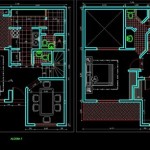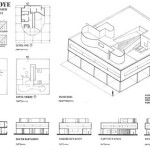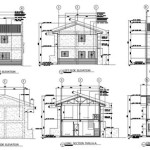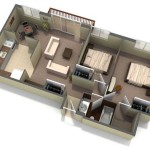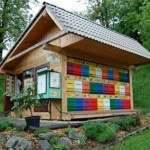Plans for Bat Houses: A Comprehensive Guide to Design and Placement
Bat houses provide a vital shelter for bats, which play a crucial role in controlling insect populations and pollinating plants. While commercial bat houses are available, building your own can be a rewarding and cost-effective project. Here's a detailed guide to help you create a successful bat house, from design to placement:
Design Considerations
Size and Shape: Bat houses should be large enough to accommodate a colony of bats, but not too large to make it difficult for them to heat up or cool down. The recommended size for a standard bat house is 24 inches wide, 36 inches tall, and 4 inches deep. The entrance should be a 3/4-inch wide slot, 2 inches high, and positioned at the bottom of the house.
Compartments: Inside the bat house, divide the space into multiple compartments to provide different microclimates. Bats prefer temperatures between 90°F and 100°F, so some compartments should be designed to capture solar heat while others provide cooler, more shaded areas.
Materials: Use rot-resistant materials such as cedar, cypress, or redwood to build the bat house. Avoid using treated lumber, as the chemicals can be harmful to bats. The exterior should be painted or stained a dark color to absorb sunlight and create a warm interior for the bats.
Placement
Height: Mount the bat house at least 10-15 feet above the ground on a pole, tree trunk, or other structure. This height provides good visibility for bats and protection from predators.
Direction: Position the entrance of the bat house facing east or southeast, as bats prefer morning sunlight to warm up their roost. Avoid placing the house in direct sunlight, as this can cause it to overheat.
Clearance: Ensure there is a clear flight path to the entrance of the bat house, free of obstacles such as trees or buildings. Bats use echolocation to navigate, so avoid placing the house in an area with dense vegetation or clutter.
Maintenance
Bat houses require minimal maintenance. Once installed, inspect them every few months for any damage. If you find holes or cracks, repair them promptly to prevent predators from entering. Do not use pesticides or chemicals near the bat house, as these can be harmful to their health.
Building and placing a bat house is a simple yet effective way to create a vital shelter for these beneficial animals. By carefully considering the design and placement, you can provide a long-lasting home for bats and help support their populations in your area.

Bat House Plans Bird

Bat Houses Mass Gov

Bat Houses
Bat House Plan

Bathouse

How To Build A Bat House Lee Valley Tools

How To Build A Bat Box The Wildlife Trusts

Build Your Own Bat House

Bat House Complete Detailed Diy Plans Only

20 Diy Bat House Plans Insteading


